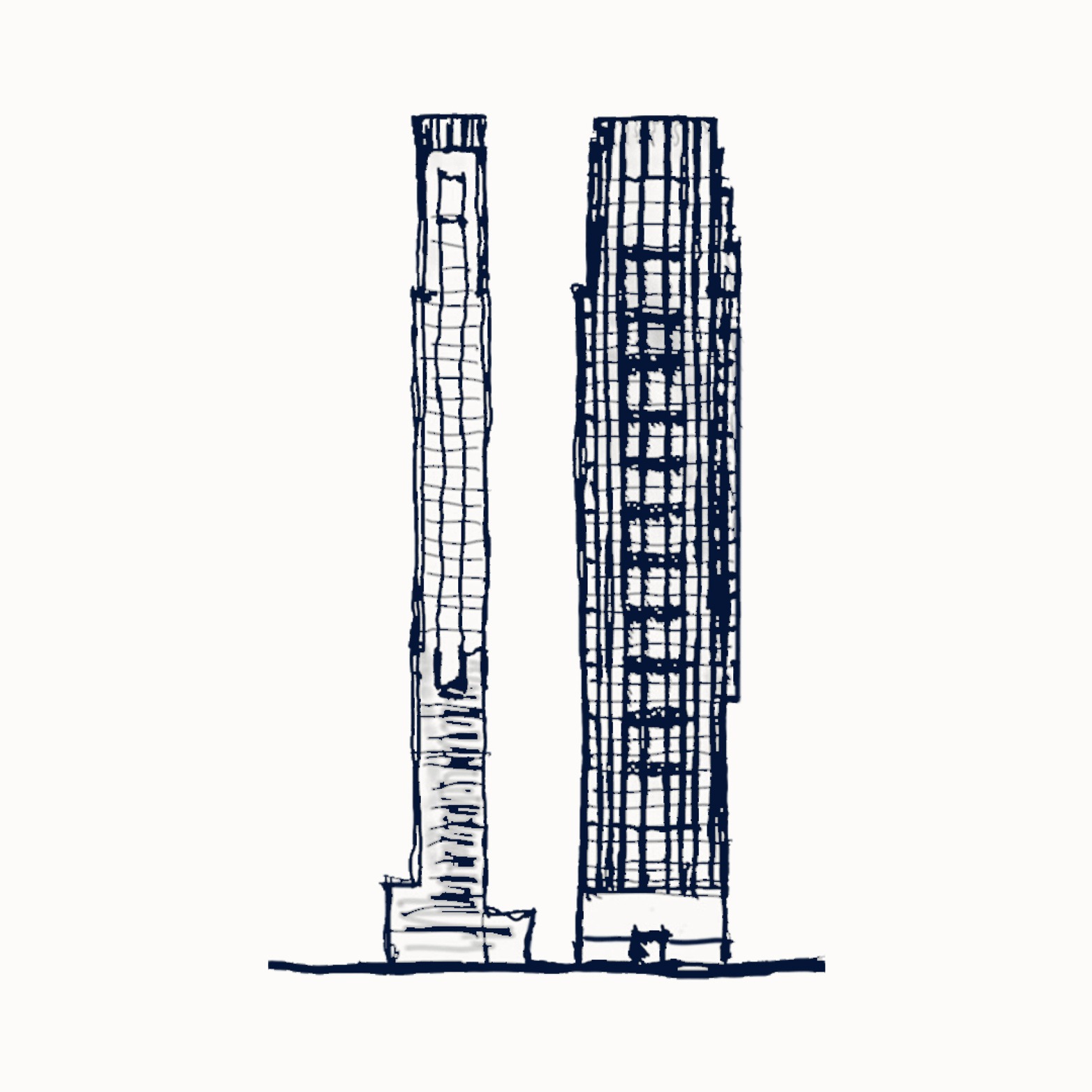While painting alone in a studio at Bard College, Nancy Ruddy suddenly realized that a career as a painter probably wasn’t for her. She switched majors to architectural history and moved to the city, where she studied at New York University.
A child of the suburbs, Ruddy suddenly was exposed to huge skyscrapers. Her
admiration of the skyline set her on yet another path. “I was on my way to attend Harvard,” said Ruddy, who was originally planning to obtain a master’s degree from the Ivy League institution. “The August before I was to attend, a light bulb went off in my head, and I said, ‘I can combine painting, my artistic nature, my love for beauty and problem-solving and become an architect.’”
She enrolled instead at City College. The move paid off. Ruddy went on to become a founding partner, architect and interior designer at Manhattan’s CetraRuddy.
Established in 1987 by her and her husband, John Cetra, CetraRuddy has a roster of commercial clients that includes JPMorgan Chase and Hilton Hotels.
The firm, which has about 85 employees, has designed One Madison; the Aro, a luxury rental tower; and 443 Greenwich St., a building that some celebrities call home.
Ruddy is now principal and partner at the firm, which has 22 upcoming projects, ranging in stages from design to construction. But she recalls when things weren’t so easy. She got her start in architecture at a time when the field was heavily dominated by men.
“I remember going to meetings of 20 people and being the only woman at the table,” she said. “I remember working on my first high-rise where I was in charge, and the elevators didn’t work, so I had to use the stairs. I would see some lurid cartoons about women [drawn in the stairwell], but I had to persist. “Now CetraRuddy’s staff is 52% women, and Ruddy mentors young women entering the field.
The company’s projects have appeared in Architectural Digest, but CetraRuddy also works on affordable housing. Guided by the belief that the home is the foundation of life, the firm seeks to address how architects can create a community.
With a few buildings set to open up later this year, Ruddy said, she spends 90% of her time strictly working on projects such as Rose Hill, the Rockefeller Group’s first residential work in Manhattan, and 200 E. 59th St., which has 67 residences.
“When you create, every line you draw, every building you build and every color you select has to have meaning,” she said. “That’s what keeps us alive and passionate about what we do.”


